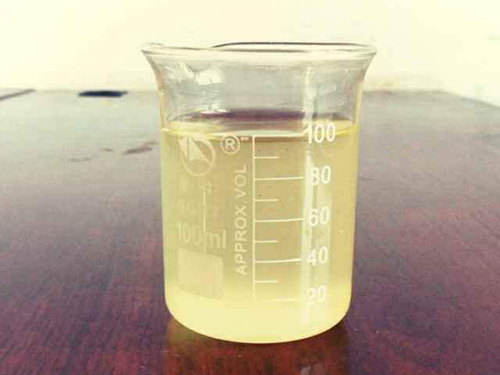Exploring the Applications and Benefits of Polyacrylamide in Various Industries
The Versatile Applications of Polyacrylamide
Polyacrylamide (PAM) is a synthetic polymer that has carved its niche in various industrial and academic fields due to its remarkable properties. Characterized by its ability to absorb water, forming gels and solutions, polyacrylamide is utilized across several applications ranging from water treatment to agriculture and even in the biomedical sector.
Water Treatment
One of the most significant applications of polyacrylamide is in water treatment processes. Here, it acts primarily as a flocculant. When added to wastewater, PAM helps to aggregate suspended particles, making it easier to remove impurities from water. This process is particularly valuable in industries that generate large quantities of wastewater, such as textiles, food processing, and petrochemicals. The efficiency of PAM in binding particles improves the clarity and quality of treated water, ensuring environmental safety and compliance with regulations.
Agriculture
In agriculture, polyacrylamide is employed to enhance soil properties and water retention. When mixed into soil, PAM can help to prevent erosion, reduce runoff, and improve moisture retention, which is crucial in arid regions. This ability to retain water is particularly beneficial for farmers looking to enhance crop yields while minimizing the use of irrigation. Moreover, polyacrylamide can aid in the slow release of fertilizers, reducing the amount of chemical runoff into waterways, thus promoting sustainable agricultural practices.
Oil and Gas Recovery
polyacrylamide use

Another critical application of polyacrylamide is in enhanced oil recovery (EOR). In this context, it is used to increase the viscosity of water, allowing for more effective displacement of oil in reservoirs. This method enhances the extraction process and maximizes oil recovery efficiency. As the global demand for energy rises, the role of polyacrylamide in increasing the productivity of oil fields becomes increasingly vital.
Biomedical Applications
Polyacrylamide also shows promise in the biomedical field. Its biocompatibility and ability to form hydrogels make it suitable for drug delivery systems and tissue engineering. In drug delivery, polyacrylamide-based hydrogels can encapsulate therapeutic agents and release them in a controlled manner over time, improving treatment efficacy. Additionally, its application in tissue engineering allows for the creation of scaffolding structures that can support cell growth, which is essential for developing artificial tissues and organs.
Challenges and Environmental Considerations
While polyacrylamide boasts numerous benefits, it is not without challenges. Environmental concerns arise regarding its potential degradation products and the impact of residual monomers. Efforts are ongoing to develop biodegradable alternatives and ensure that PAM applications remain environmentally friendly. Innovations in polymer chemistry aim to mitigate the adverse effects while retaining the desirable properties that make polyacrylamide so useful.
Conclusion
The diverse applications of polyacrylamide highlight its versatility and importance in various sectors. From improving water quality in treatment plants to enhancing agricultural practices and advancing biomedical research, PAM plays a pivotal role in modern industry and science. As ongoing research continues to uncover new uses and address environmental concerns, the future of polyacrylamide appears robust. Its capacity to adapt and respond to the needs of different fields makes it an invaluable tool for promoting sustainability and innovation in our rapidly evolving world.
-
2 Phosphonobutane 1,2,4 Tricarboxylic Acid (PBTCA): Superior Scale & Corrosion InhibitorNewsAug.31,2025
-
Dodecyldimethylbenzylammonium Chloride: High-Purity DisinfectantNewsAug.30,2025
-
2-Phosphonobutane-1,2,4-Tricarboxylic Acid: Scale & CorrosionNewsAug.29,2025
-
Premium Isothiazolinones | Broad-Spectrum Biocidal SolutionsNewsAug.28,2025
-
LK-319 Special Scale And Corrosion Inhibitor For Steel Plants: Advanced Solutions for Industrial Water SystemsNewsAug.22,2025
-
Flocculant Water Treatment: Essential Chemical Solutions for Purification ProcessesNewsAug.22,2025





